The Man Trying to Save His Village From the Forest
Noboru Nimaida wants to preserve an old way of life.
On a cold November night a couple years ago, eight friends—including a paper maker, an egg farmer, a couple of wood-working students, and a painter—huddled around the irori (an open charcoal fireplace) in Noboru Nimaida’s drafty, old wooden home. They’d driven up the steep, winding road through a Japanese cedar forest to celebrate a successful rice harvest in Ozuchi, the village where 64-year-old Nimaida and his 86-year-old mother are the sole residents. Its remaining 10 houses—all but Nimaida’s unoccupied—cluster below a network of terraced rice paddies, encircled by mountains. This is the old Japan—the one that’s often idealized but getting harder and harder to find.
While guests basked in the warmth of Nimaida’s gentle avuncular teasing, a cauldron of miso soup simmered over the hot charcoal. Nimaida passed nukazuke, carrots and daikon that he grew and pickled in rice bran, and sliced fire-roasted wild boar. Everyone tasted the steaming-hot rice by itself first, then mixed it with raw egg (brought by the young farmer who free-ranges his flock by the sea) and freshly grated wasabi from a stream behind the house. As chopsticks carried the hard-won grains from bowl to mouth, a hush fell over the room.
Ozuchi could have gone the way of so many rural towns in Japan, overgrown and absorbed back into the land. Nimaida’s house could be empty—like eight million others around the country—abandoned as the population shrinks and concentrates towards urban centers.
Nimaida refuses to imagine that. He’s trying preserve a way of life tuned to the rhythms of nature and agriculture. His method—growing rice with the help of national and international volunteers—is impractical and unconventional. But the question of whether it can work has drawn national attention in a country with deep pride in its traditions.
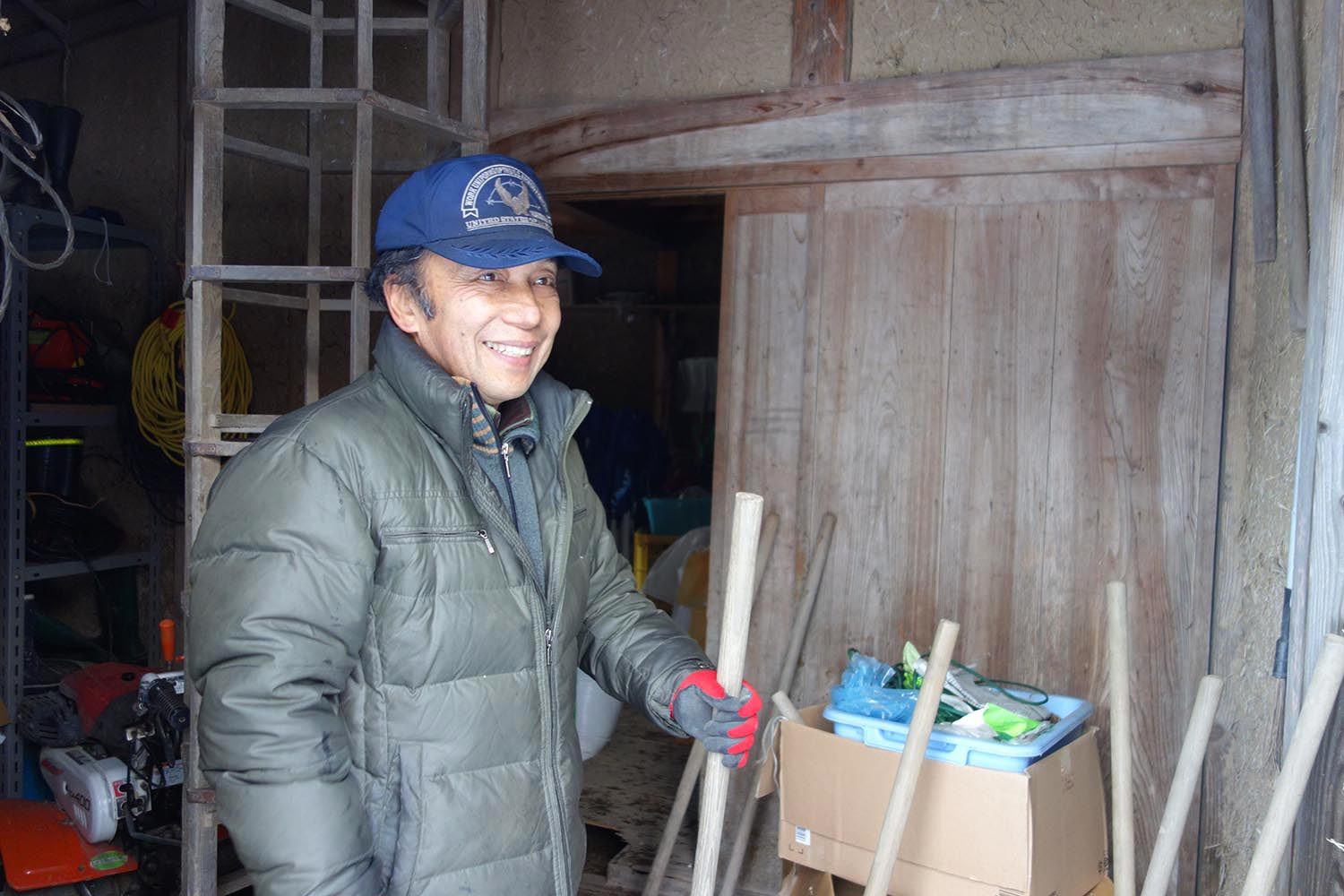
When Nimaida left Ozuchi some four decades ago—to find work, marry, and settle in a nearby town—there were still almost two-dozen residents. Over time, though, all the young people left to find jobs and to raise their children near schools. (They had literally hiked over a mountain to get to school.) Ozuchi became one of 10,000 towns in Japan where the majority of the population is over 65. Then, Ozuchi’s elderly residents became too frail to live in the isolated village, with its deep winter snows, buggy summers, and autumn visits from bears that shake the persimmon trees.
Stone walls in the woods hint at villages that used to neighbor Ozuchi, but faded away as demand for charcoal and domestic lumber diminished. For centuries—before people switched to gas and electric for cooking and heating—charcoal was a major industry in Ishikawa prefecture. “They’d build a kiln, burn all the lumber in the area, then build a new kiln where the trees were ready to harvest,” Nimaida explains. They’d return to the old kiln when the trees had grown back.
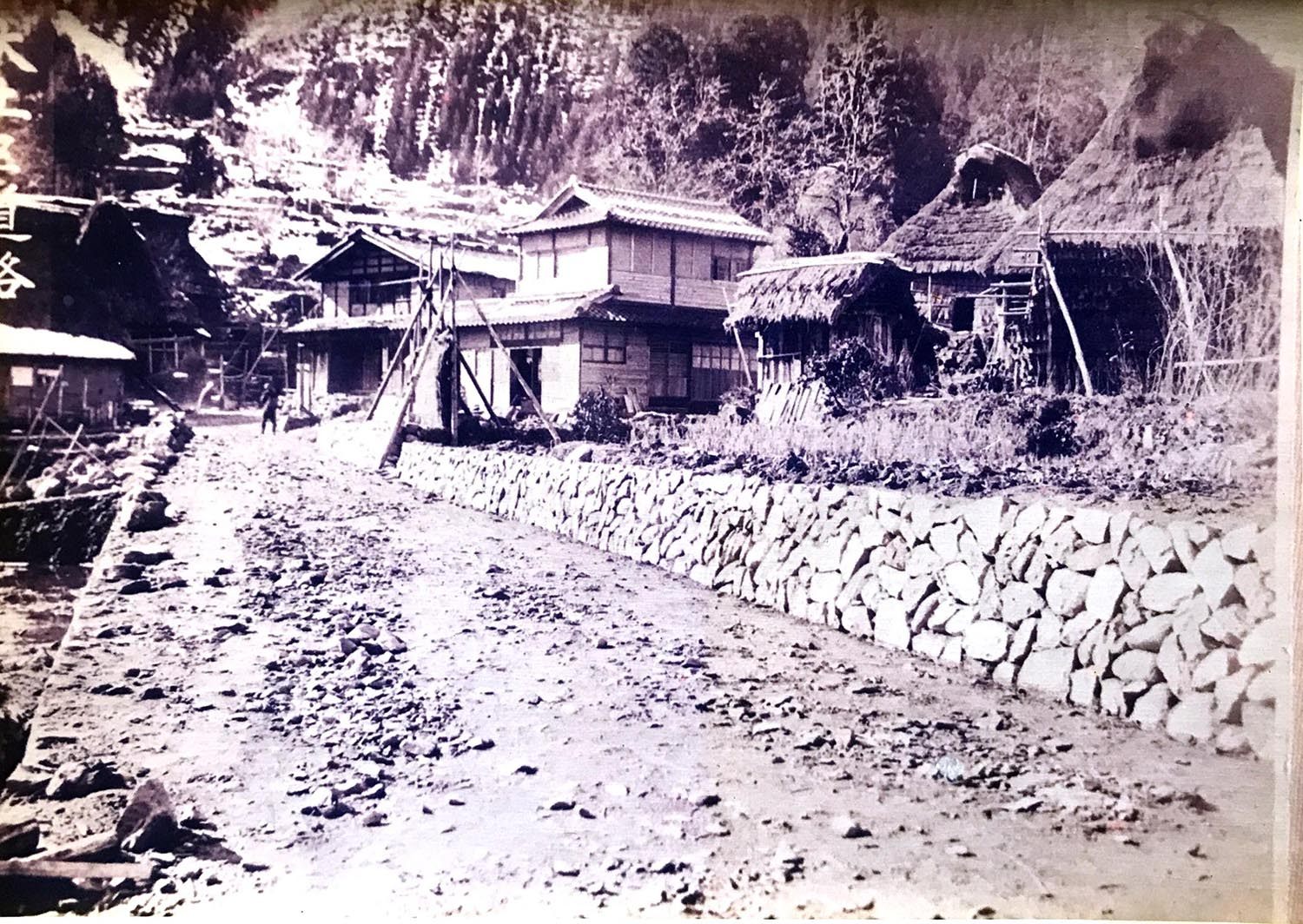
Nimaida never really had a plan to save the village: he was drawn back to his home by his love for it. He started making charcoal again in Ozuchi in 2003, using the kiln where his father had taught him. It takes five days of tending to make a 100-kilo batch (a task best accomplished with plenty of beer and the company of his brother). “I tried to sell my charcoal, but the business isn’t good,” he says with a laugh. That didn’t stop him from making it, at least to burn in the irori of his Ozuchi house.
The next year, a relative from Osaka (about a four-hour drive away) came and planted a small rice paddy on a lark. It had been a long time since anyone had grown rice there, and Nimaida was curious. The relative gave up, but Nimaida—whose name means two rice paddies—was captivated. “Growing rice naturally without any chemicals produces this amazing color in the fields. And it’s so delicious. Rice is our most important culture,” he says with uncharacteristic solemnity.
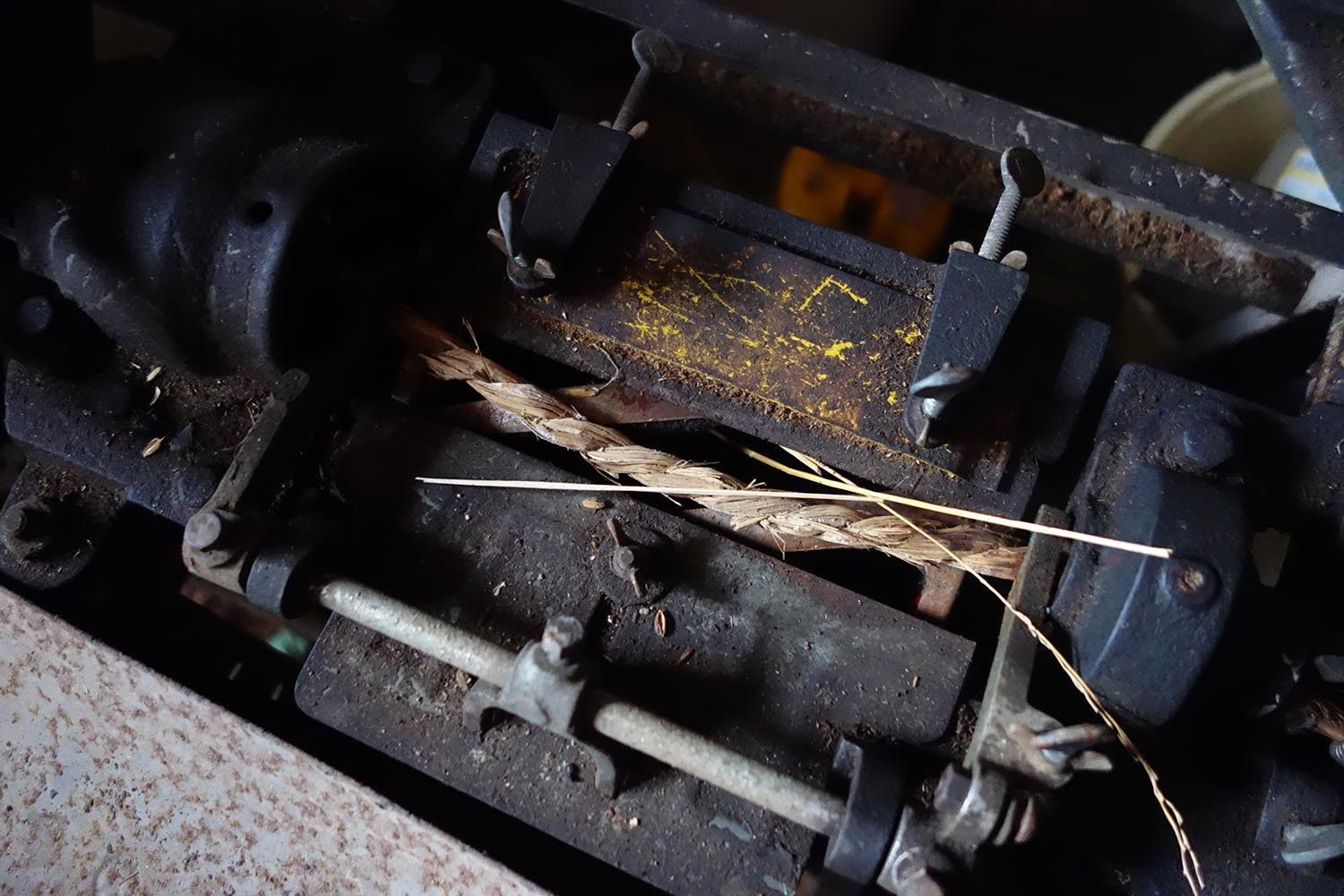
It’s hard to picture Nimaida—these days always dressed in work boots, old jeans, and a fleece that smells like wood smoke—wearing a suit and tie, but he used to be a regular salaryman. During the years he worked in an office—travelling the world with his wife on vacations—he ate rice and drank sake. But his relationship to Japan’s most important crop was mostly symbolic, until he started spending his weekends tending the rice fields and charcoal kiln in Ozuchi, a twenty minute drive from where he and his wife lived in the town of Yamashiro.
Every Japanese kid knows not to leave a single grain of rice in their bowl because, as the saying goes, the farmer suffers 88 troubles to grow it. Nimaida’s biggest problem has been wild boars. All around Japan, boars are populating rural villages in place of the people who’ve left. They can consume an entire crop overnight, laying waste to months of tilling, planting, watering, and weeding.
Each year in early April, Nimaida starts preparing the terraced mountainside paddies after the thaw, tiling and levelling the soil and marking a grid pattern where he will plant the rice. From the end of April until June, he seeds one paddy at a time, and repairs low fences meant to keep out boars.

By midsummer, the paddies are alive with grasshoppers and butterflies. Work shifts to pulling weeds from the fields. “If the grasses mature, it’s hard to tell which one is rice and which is a weed,” Nimaida says with a knowing laugh. He dries the weeds in the sun and then uses them as mulch.
Ozuchi means big earth: The soil here is rich. “I don’t use any chemicals,” Nimaida says, “for safety.” (People who farm for profit rely on fertilizers, herbicides, and pesticides to get a consistent yield.) Ozuchi rice is fed with mountain spring water that flows down from the edge of the woods. Wild mint and watercress grow along its path, and chefs from the fancy ryokans (Japanese inns) come to pick them.
Harvest begins in late September, but the wild boars notice the plump and golden grains too. Twice they’ve eaten Nimaida’s entire crop, and once they got half. In a good year—if the boars don’t get to it first—all that work yields 120 kilos of rice. That’s barely one person’s share on a traditional Japanese diet.
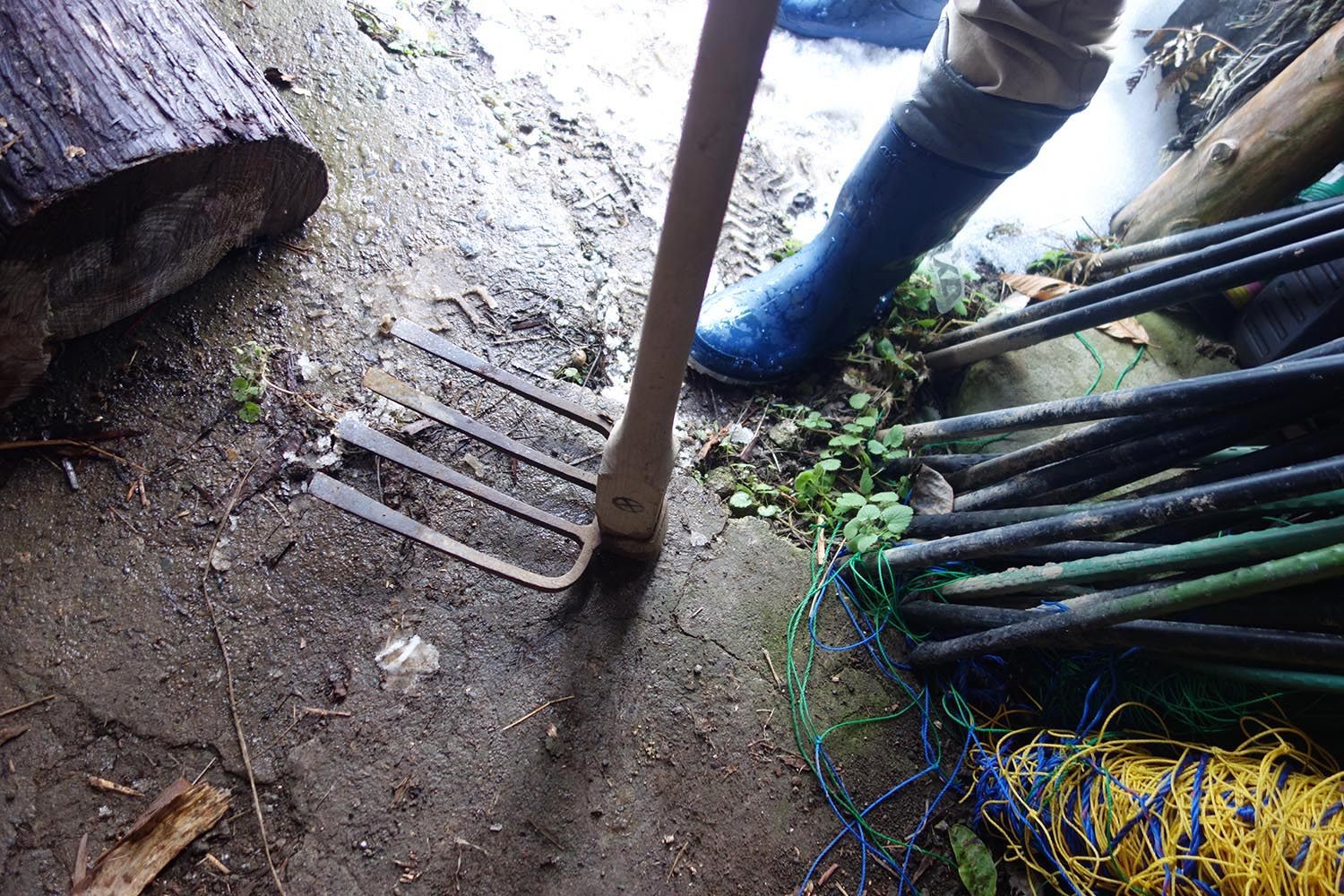
Over the next decade, Nimaida struggled stubbornly and joyfully to grow rice, learning through trial and error, and doing most of the work by himself. Japan’s social structure developed out of the cooperative labor needed to cultivate rice efficiently: Growing it alone is a sisyphean task. Eventually, a friend in a nearby municipality who’d been hosting volunteers from the nonprofit NICE suggested Nimaida try it.
When the first six college-age volunteers came to Ozuchi, in July 2013, it was supposed to be a one-time thing. But after their two-week stay ended, Nimaida recalls, “Ozuchi felt lonely, and I kept thinking about how fun it was.” He invited more volunteers, and was happy when Ozuchi filled again with languages and foods he didn’t know. By now, young volunteers from 23 different countries (as well as Japan) have come to Ozuchi.
“I want them to learn the full life of Ozuchi—the rice fields and vegetable plots, making an irori fire in the morning, river swimming and outdoor baths—the things I enjoyed as a child,” says Nimaida. “I hope they’ll choose their life with an understanding of the options.”

Nimaida doesn’t mind solitude. He’s happy to enjoy sweets and beer by the irori alone at night. He steps outside to take pictures of the village blanketed in snow—a sight he never tires of. But now, even in winter, Nimaida is rarely alone; volunteers help him shovel snow, care for empty houses, and twist rice stalks into rope (for stabilizing fruit trees and clearing debris). His house is full of gushing thank-you notes from young adults whose hearts he—and Ozuchi—have touched.
In 2014, Nimaida committed himself full time to his projects in Ozuchi. “I was spending more and more time in Ozuchi. I was making charcoal, growing rice and vegetables. It takes a lot of time, and it’s more interesting than working in a company—so I quit,” he says, grinning. “My wife was mad.”
By then, the last three families had left Ozuchi. Nimaida’s mother was in the early stages of dementia, but in her lucid moments, she talked about how much she missed their old life in the village. Nimaida missed it too, and he wanted his mother to live out her last years there. He decided to live with her in Ozuchi. (His wife, who is not a fan of bugs and wild animals, stays in their house in Yamashiro.) Nimaida’s friends worry whether he has enough money, whether he has a plan. But he appears perpetually cheerful and untroubled.
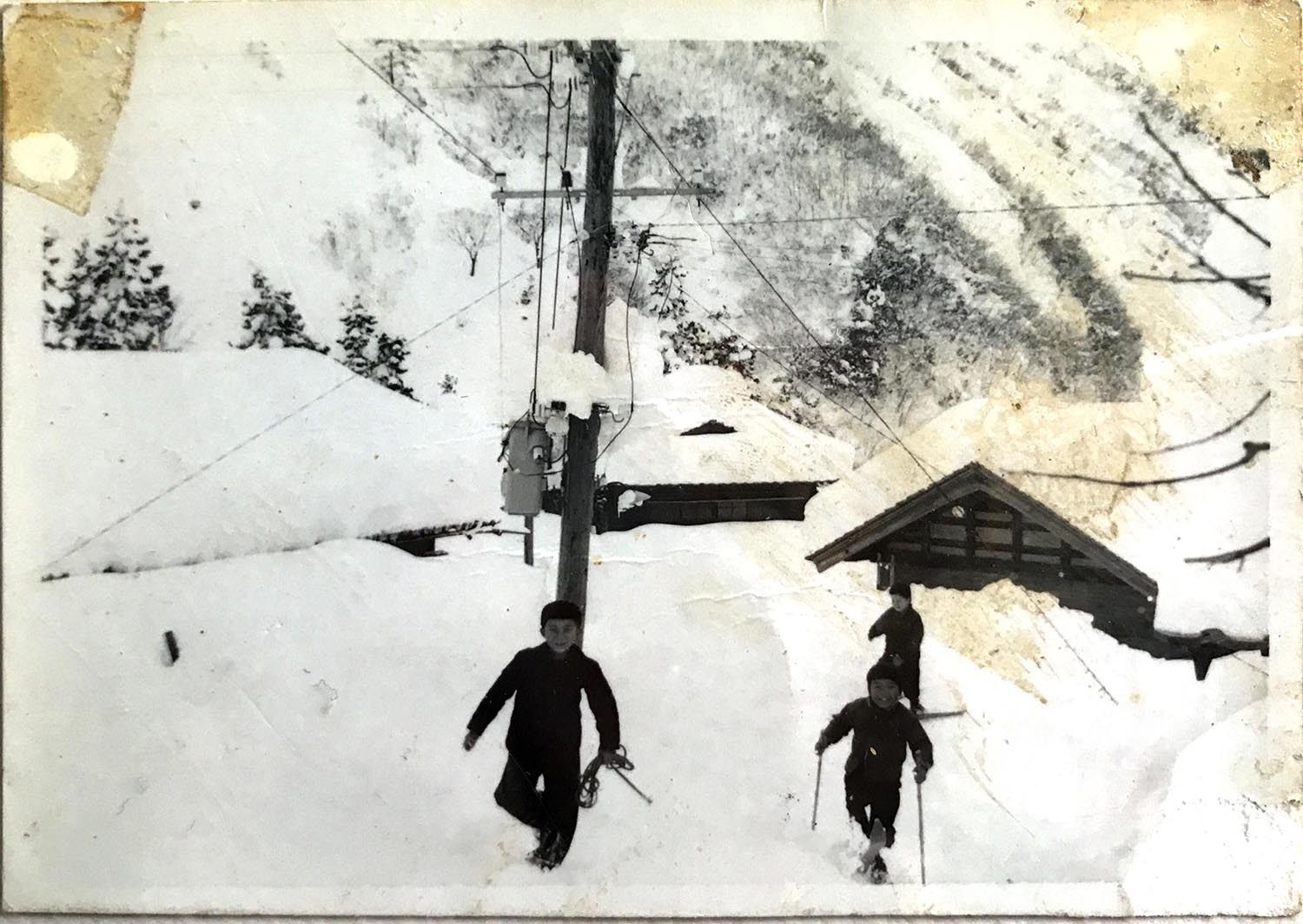
This year, there was no celebratory dinner around the irori—the boars ate the entire crop overnight. Nimaida unceremoniously cut down the empty stocks, and began to prepare for winter. For him, the product doesn’t seem to be the point. Even when there’s no rice, young artists and entrepreneurs, hikers, and travellers come to Ozuchi to help with chores, to collect wild herbs, or just to chat with uncle Nimaida by the warmth of the irori. They’re drawn to him and to this version of Japan.
Because of Nimaida’s efforts, Ozuchi is now registered as a historic landmark. “But that only protects the houses, not the way of life,” he says. That, he feels, is his job, and he wants to do his best in his lifetime. Since he has no children, Nimaida hopes one of the volunteers will inherit his caretaking of Ozuchi. “Even if I had children, there’s no guarantee they’d want to do this,” he says. There are hundreds, maybe thousands, of visitors who’ve come to love Ozuchi, but it takes a special kind of person to dedicate a lifetime to caring for a village and its endangered way of life.
Gastro Obscura covers the world’s most wondrous food and drink.
Sign up for our regular newsletter.



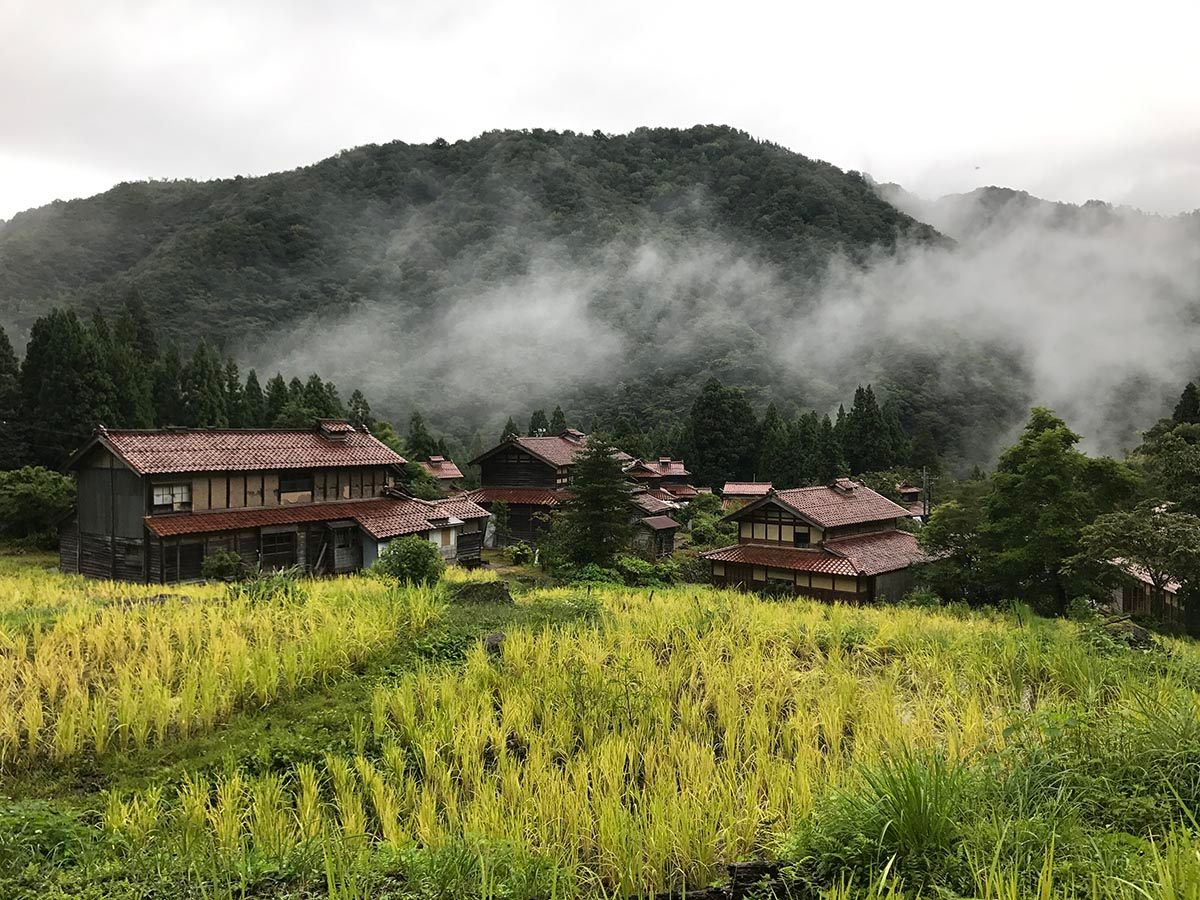




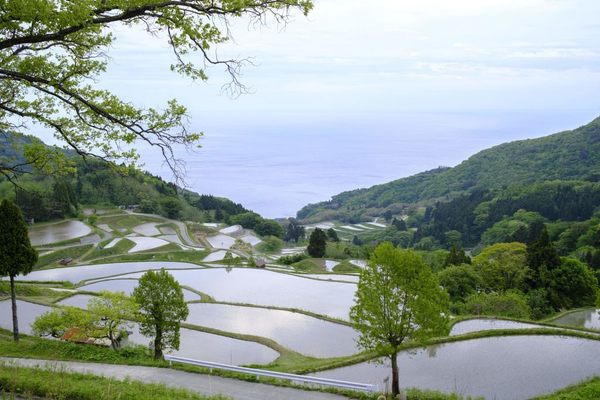
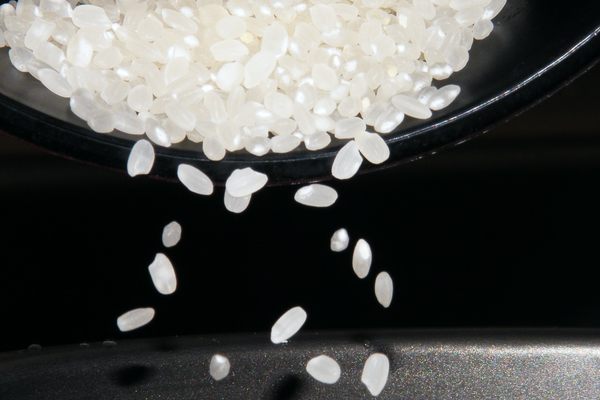






























Follow us on Twitter to get the latest on the world's hidden wonders.
Like us on Facebook to get the latest on the world's hidden wonders.
Follow us on Twitter Like us on Facebook